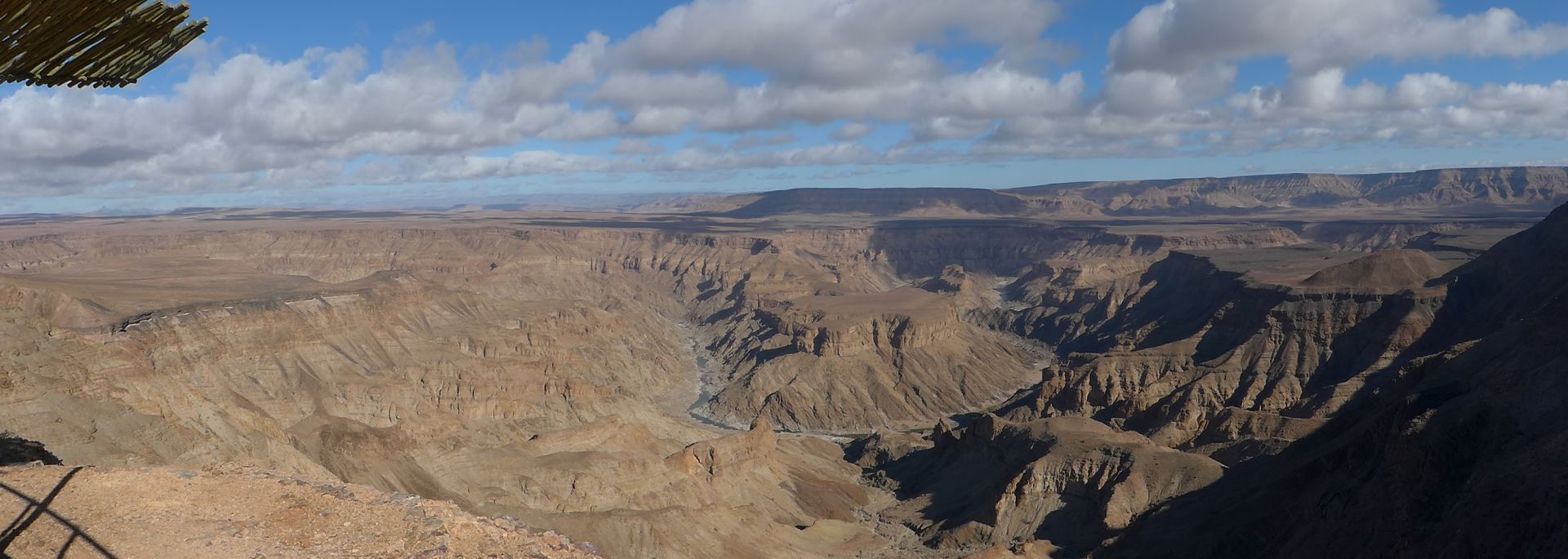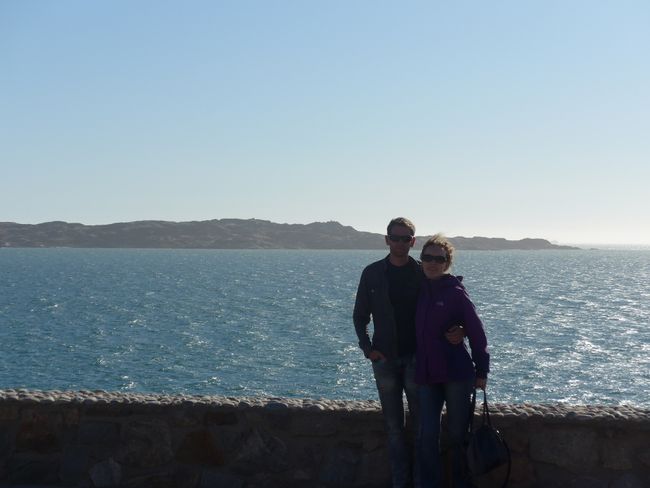Heraklion and Knossos - Arrival in Crete
Ippubblikat: 11.04.2024

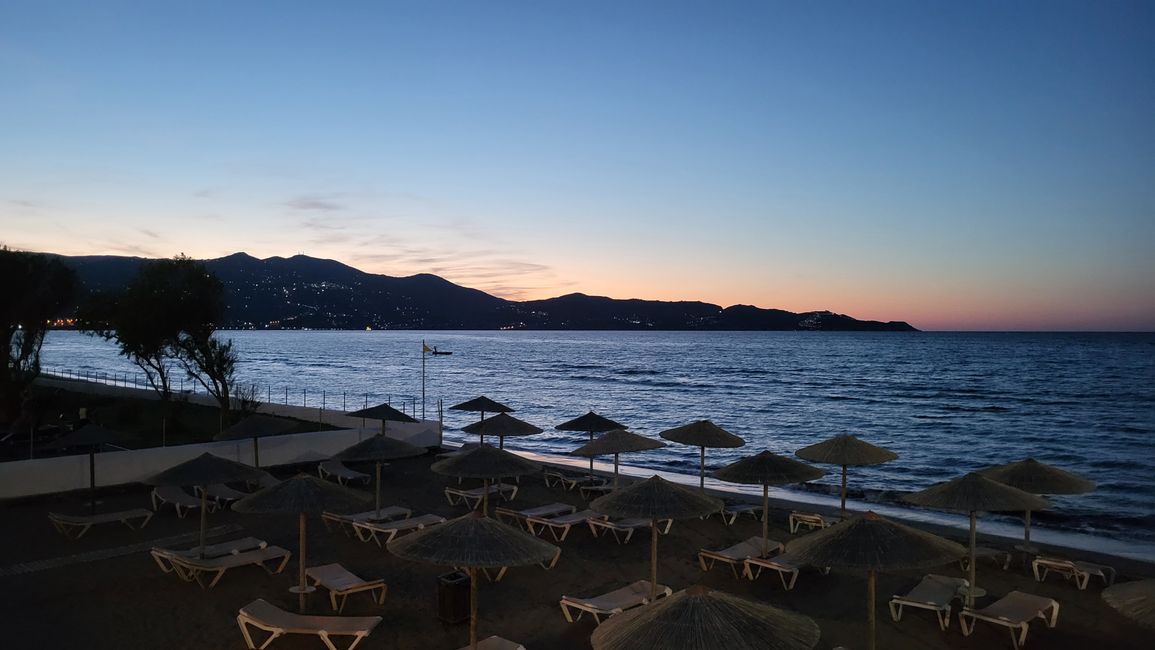

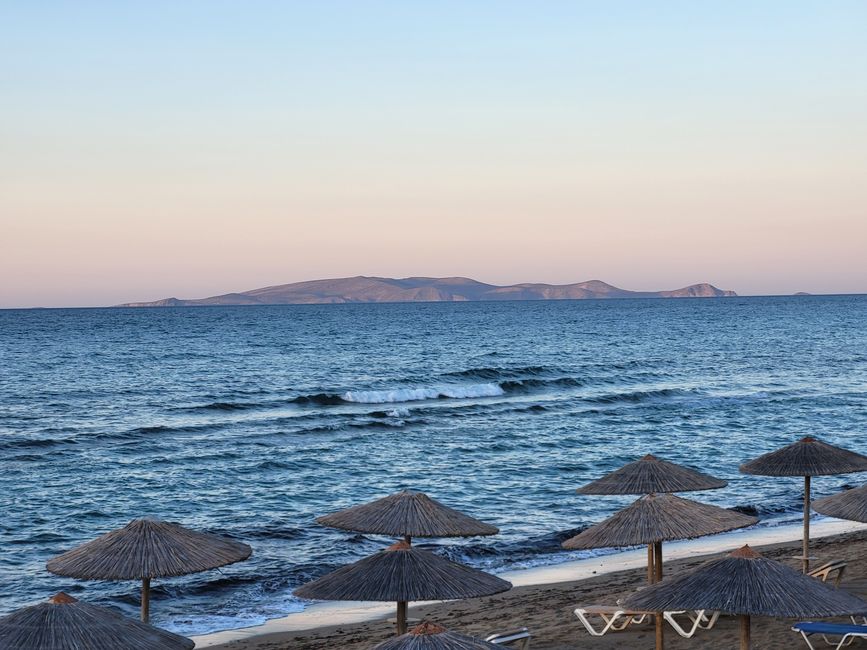
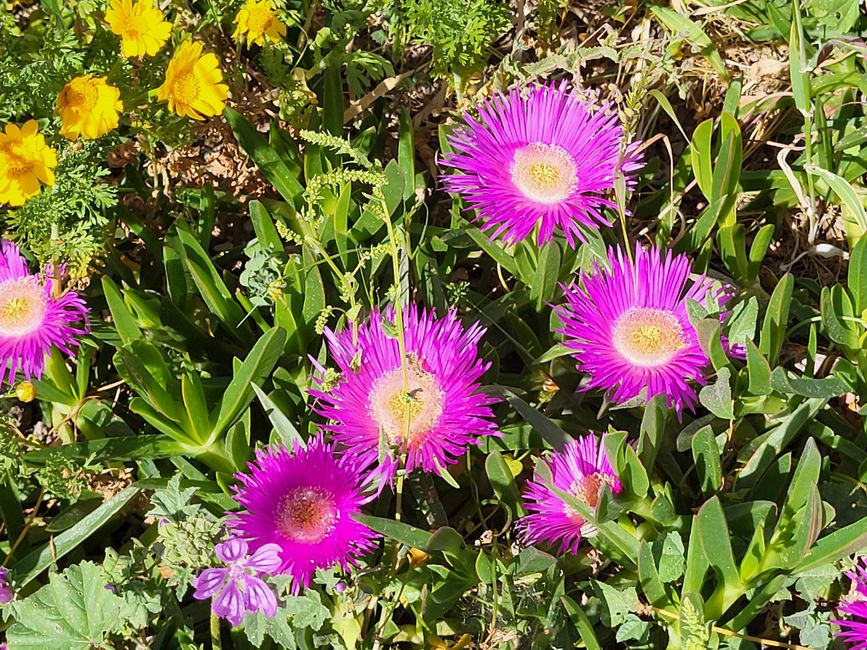
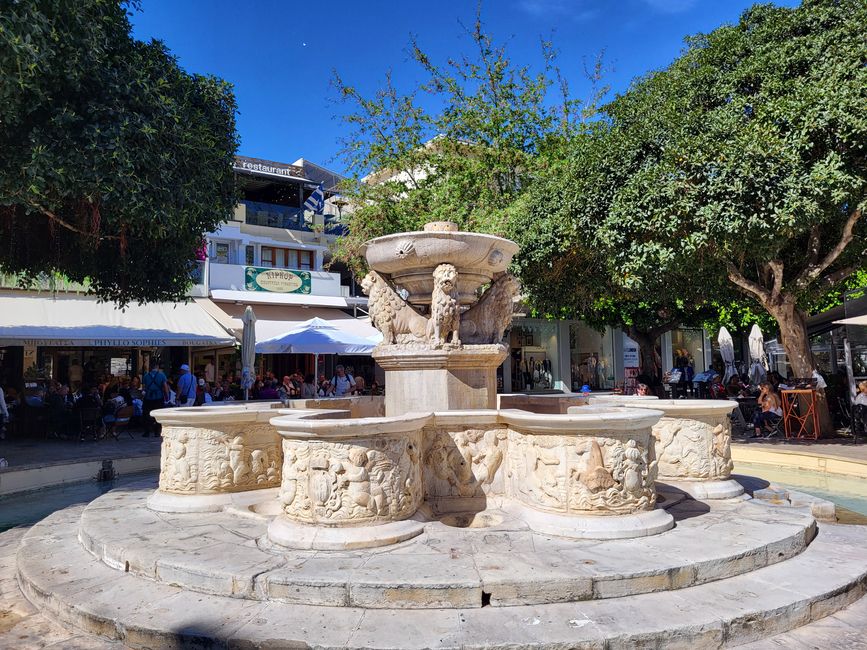
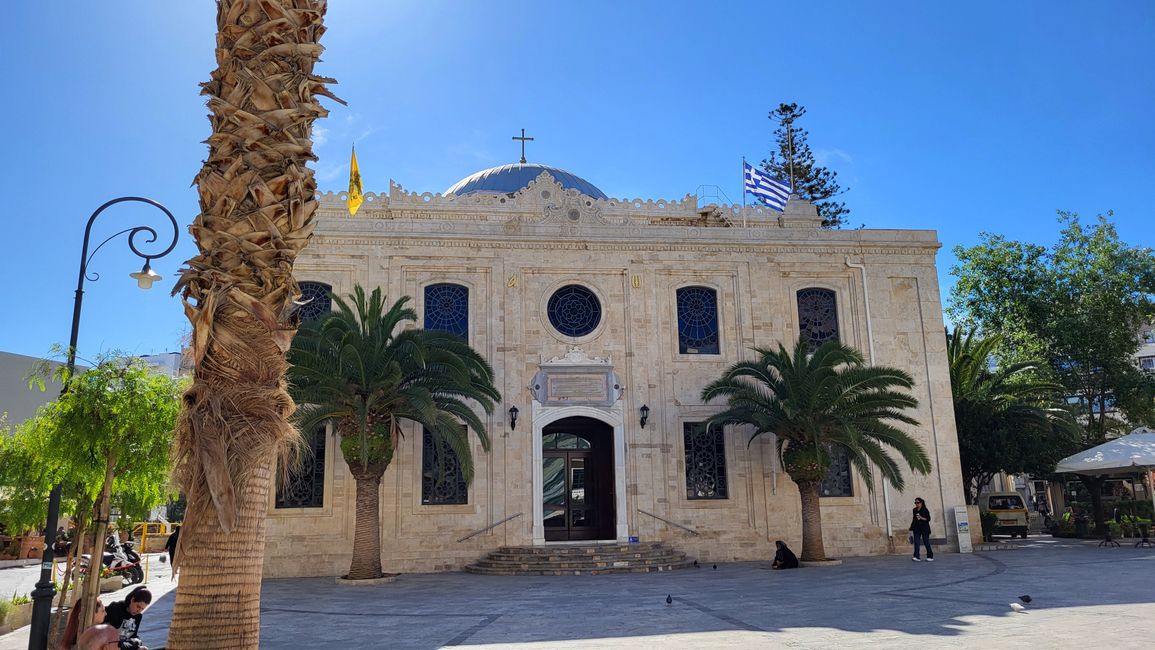
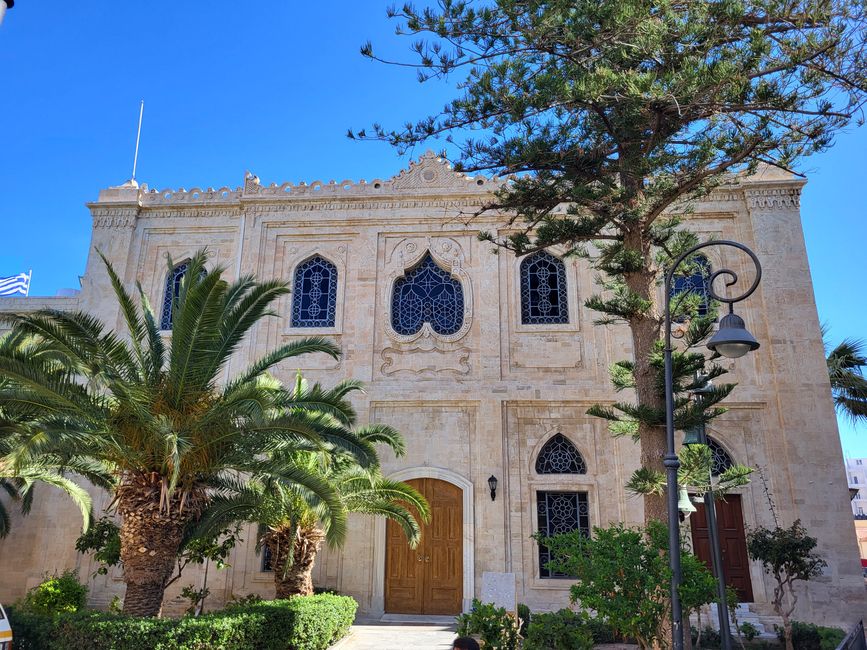
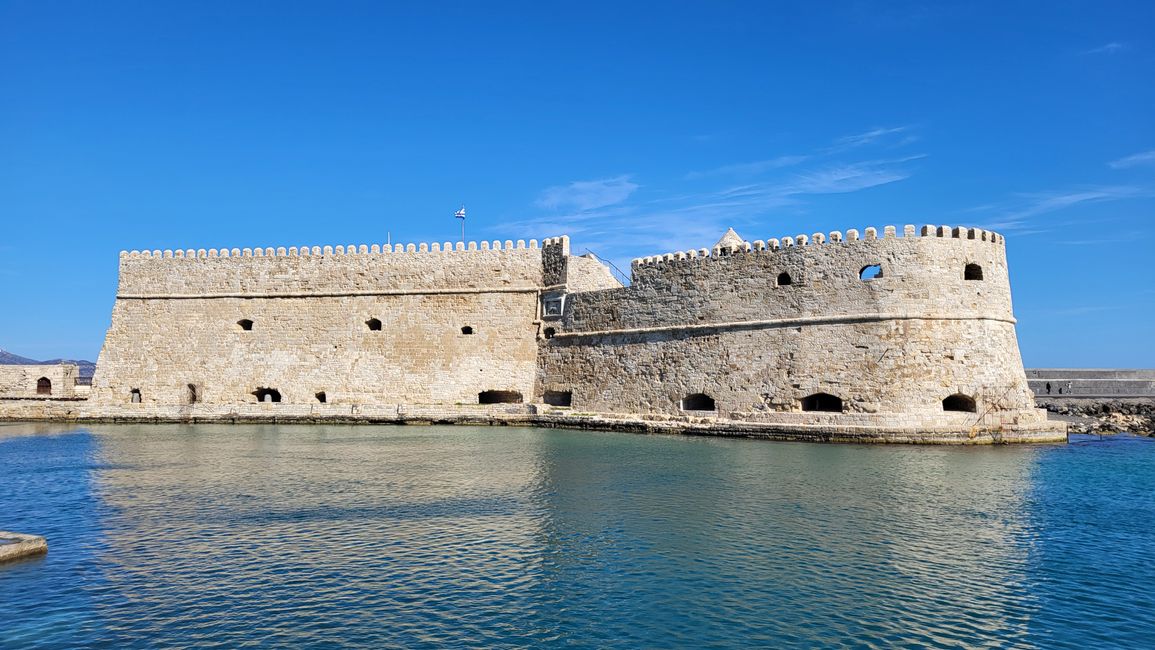
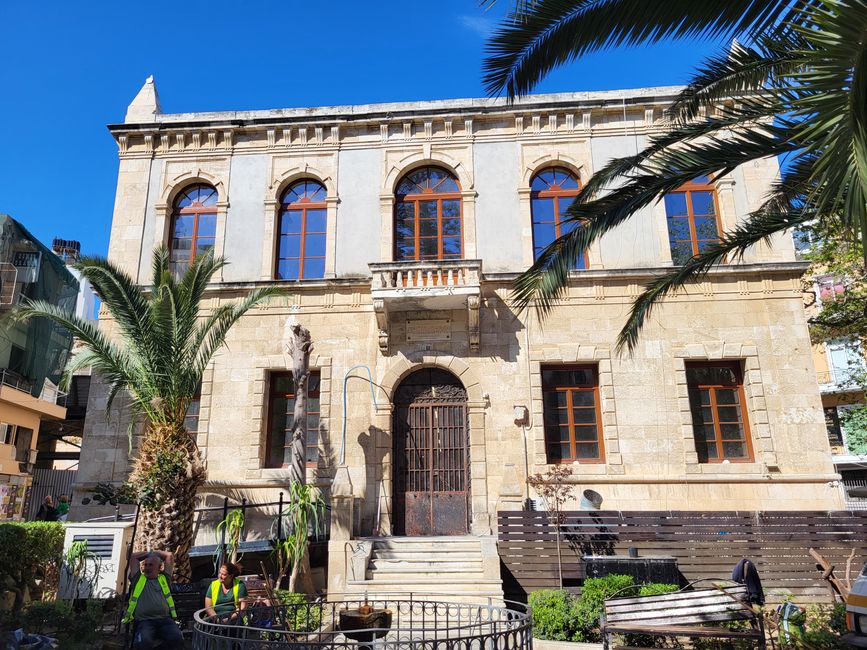
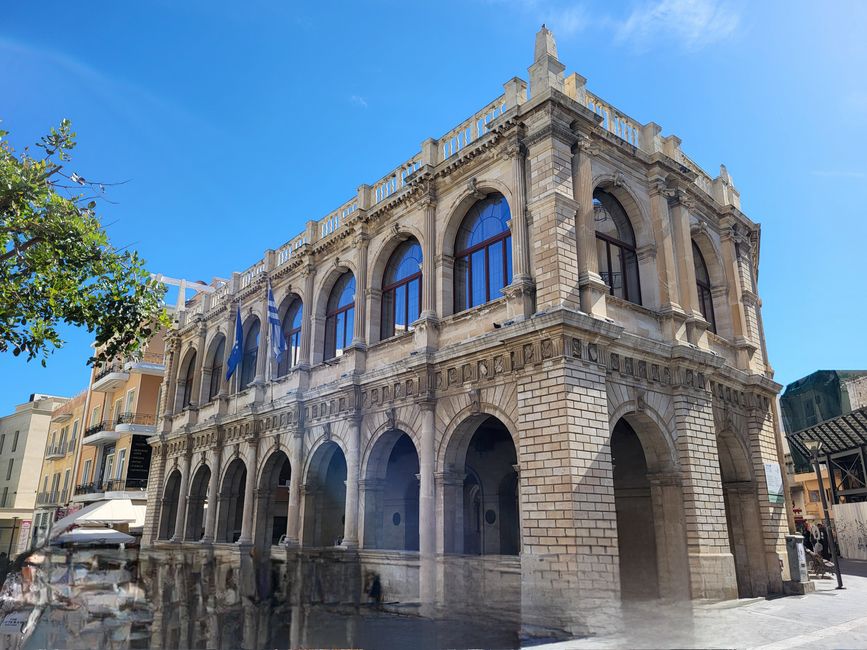
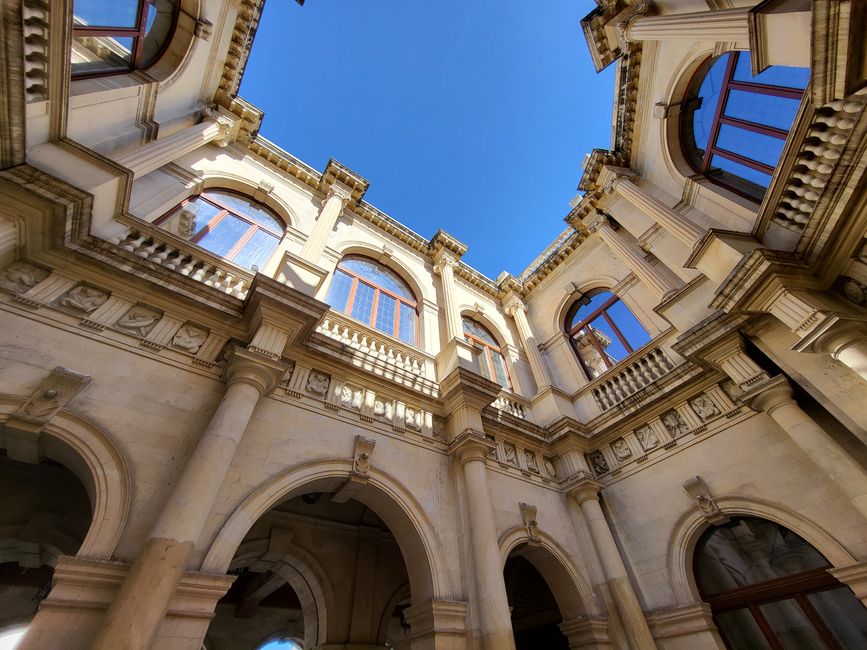
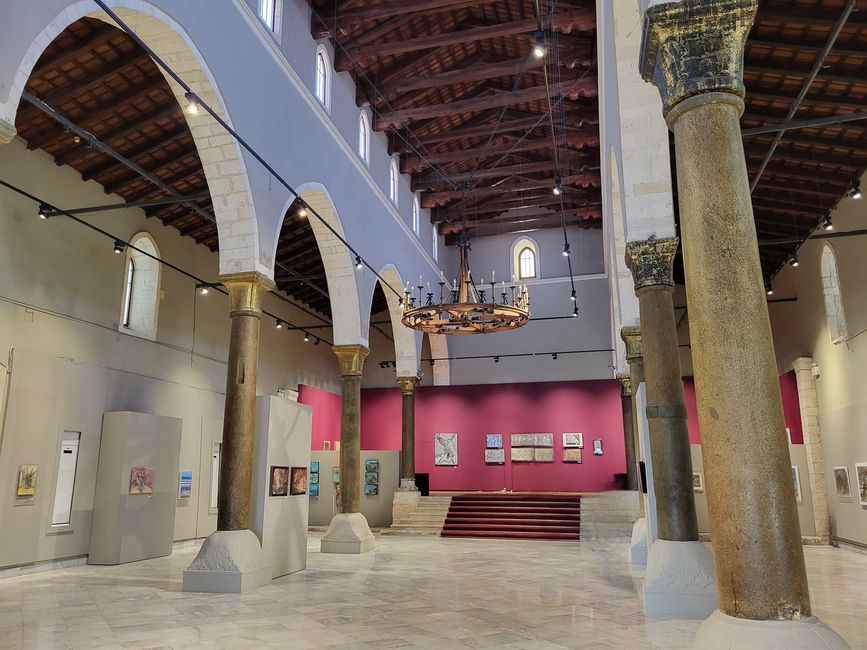
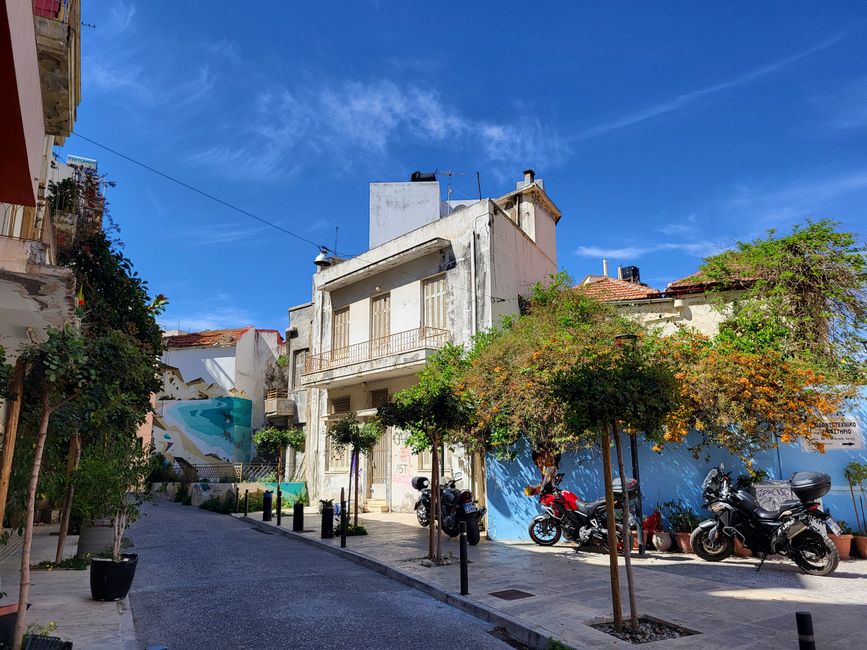
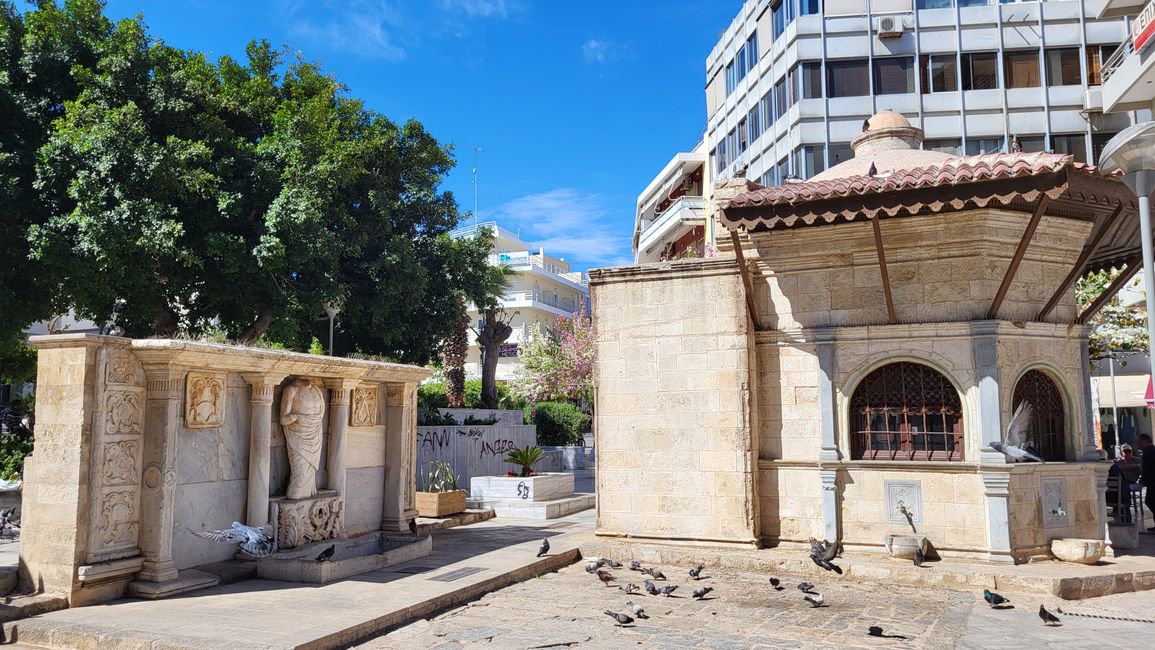
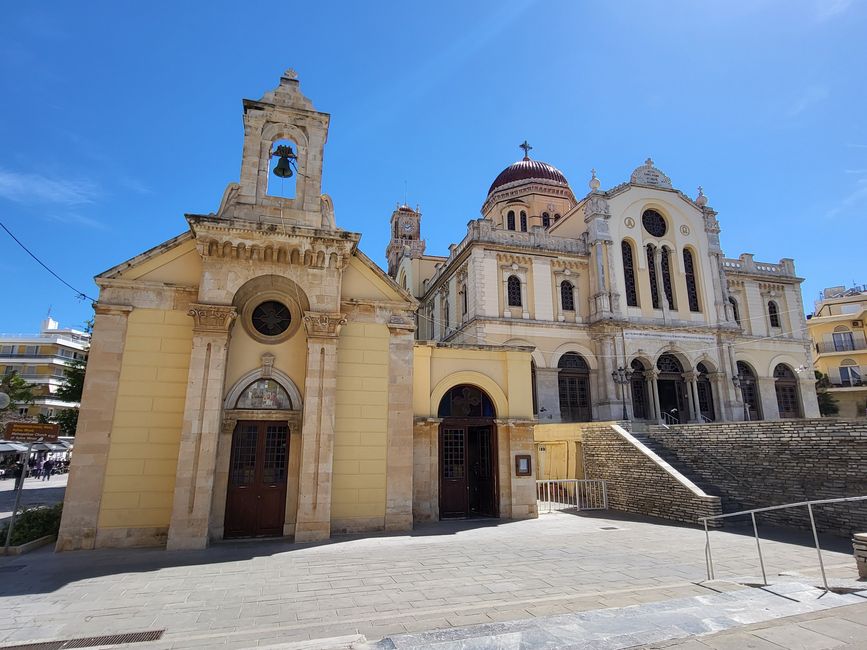
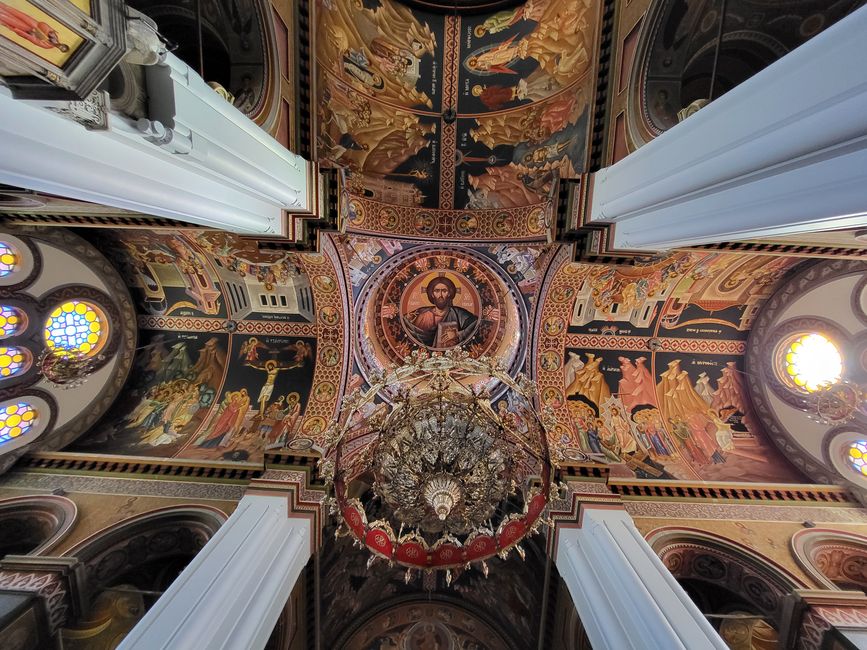
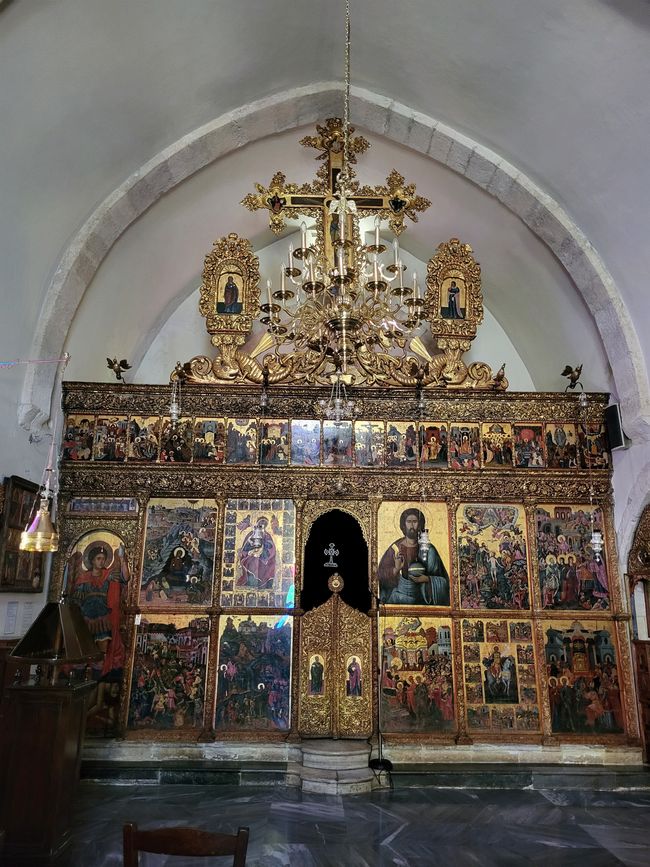
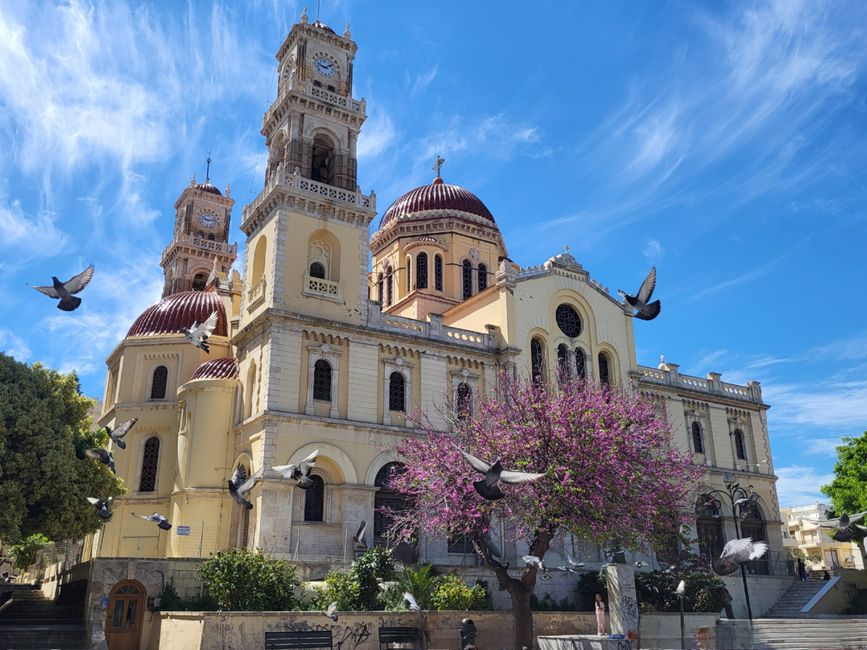
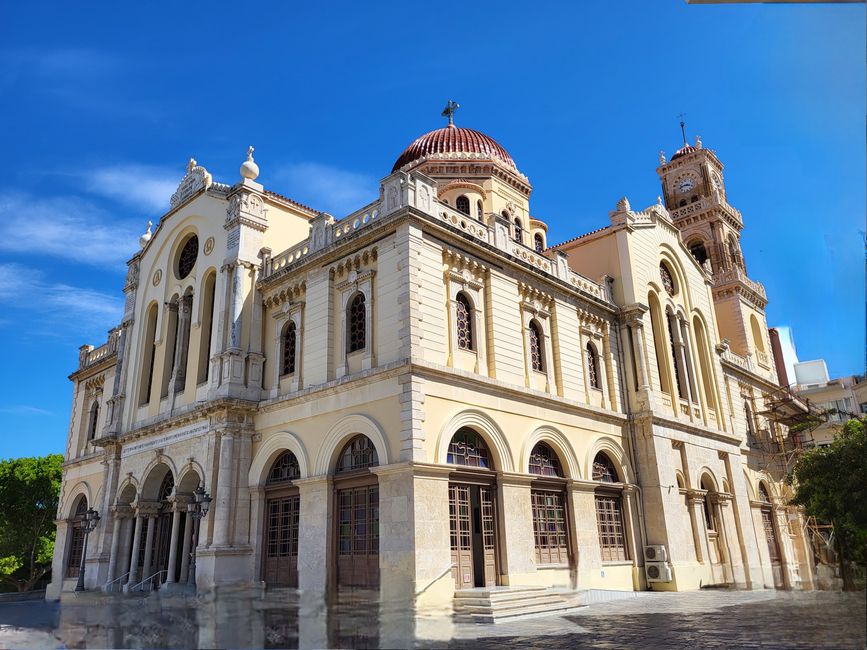
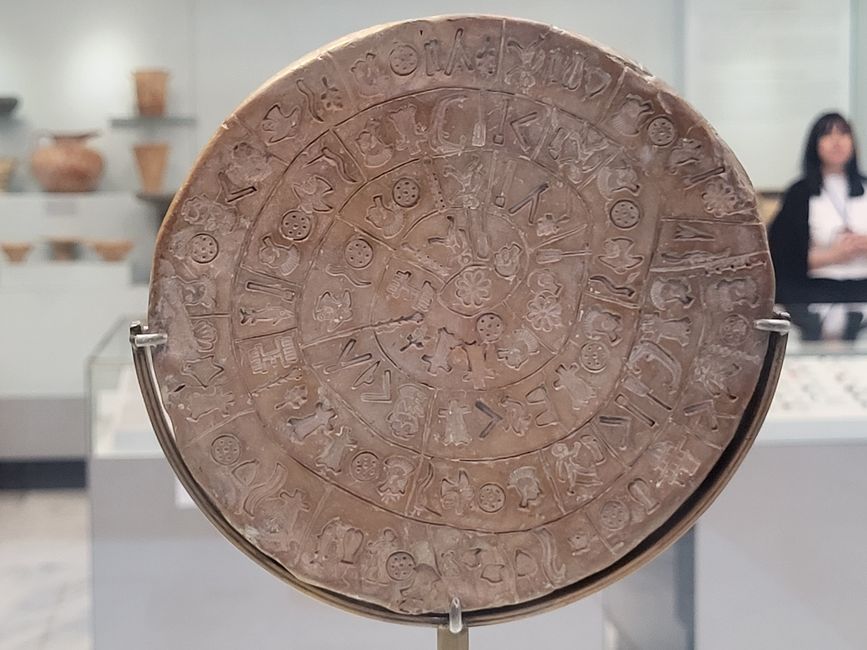

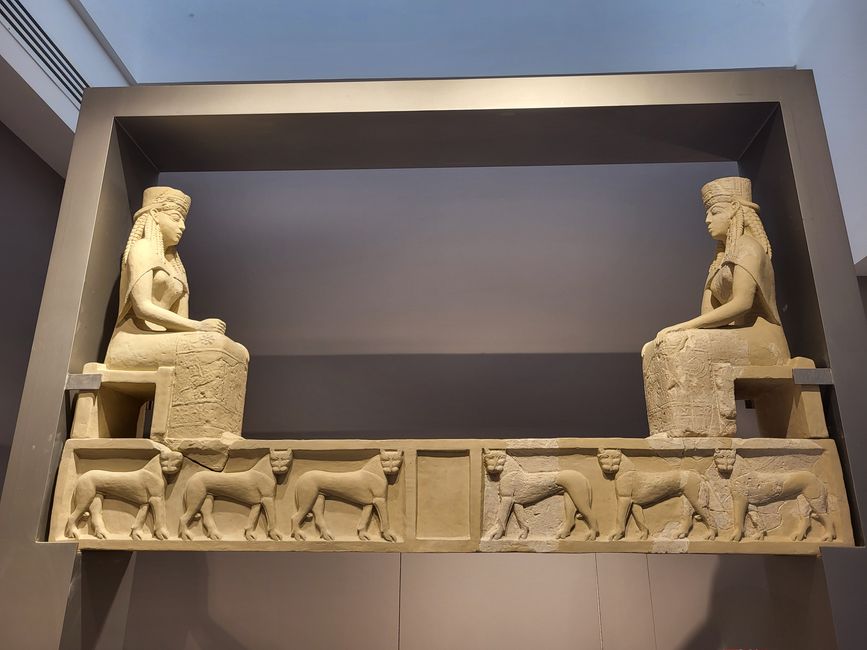
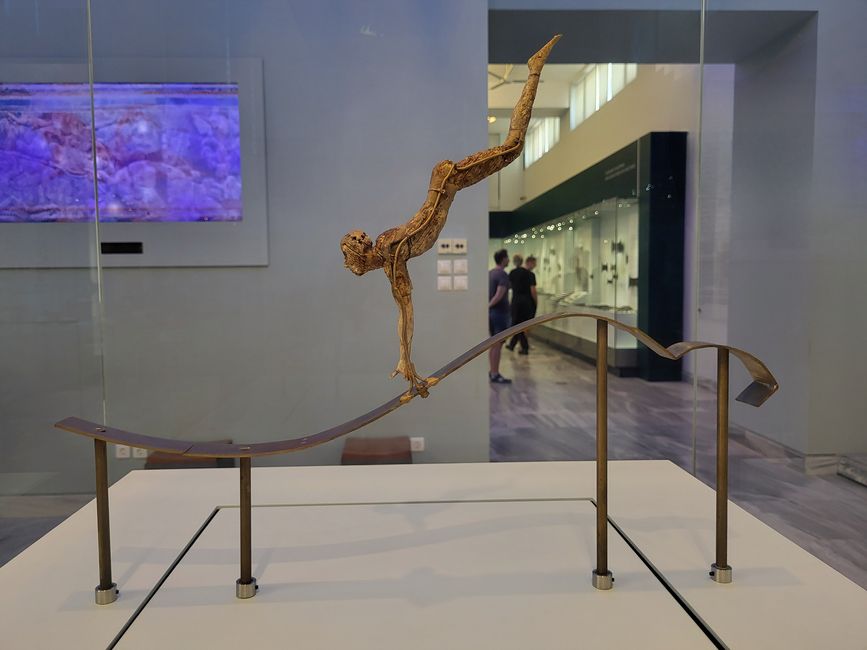

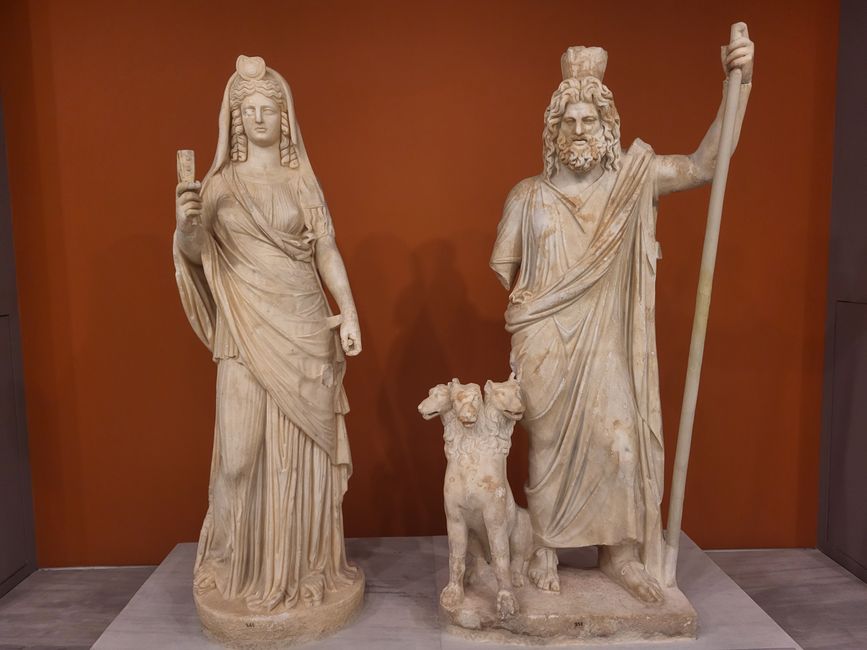
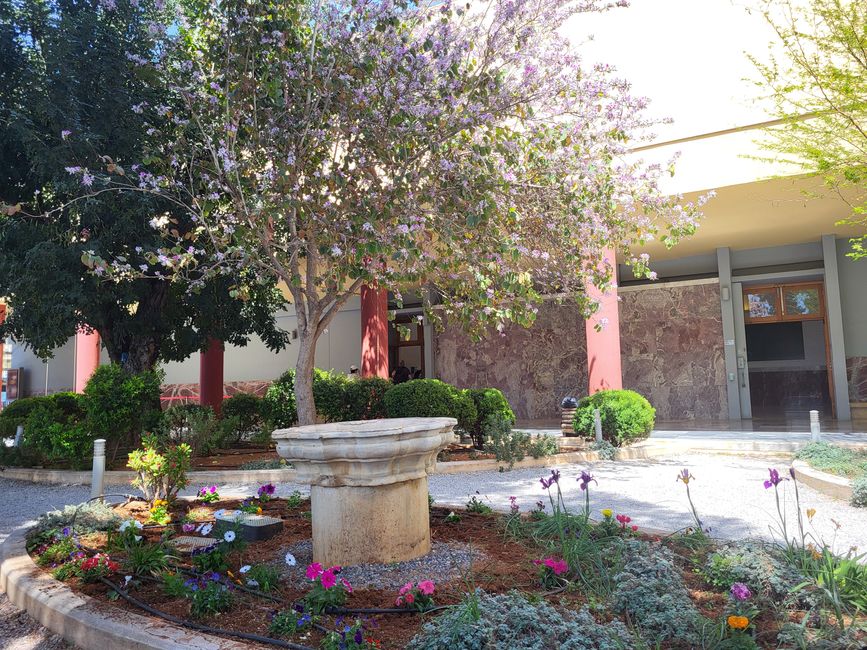


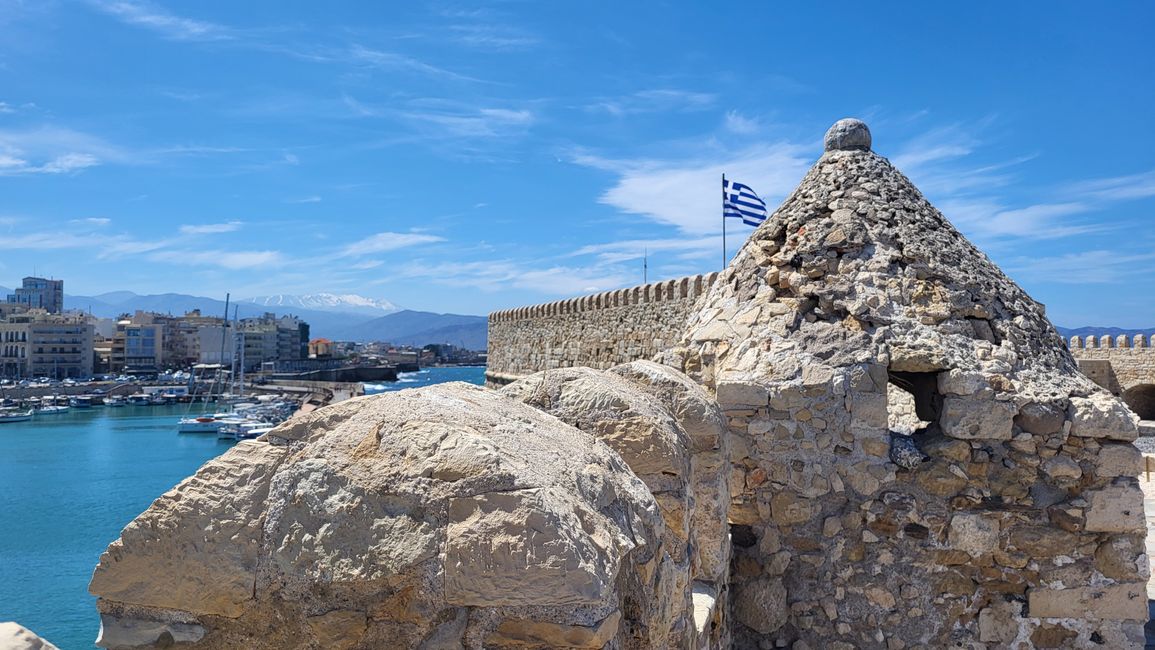
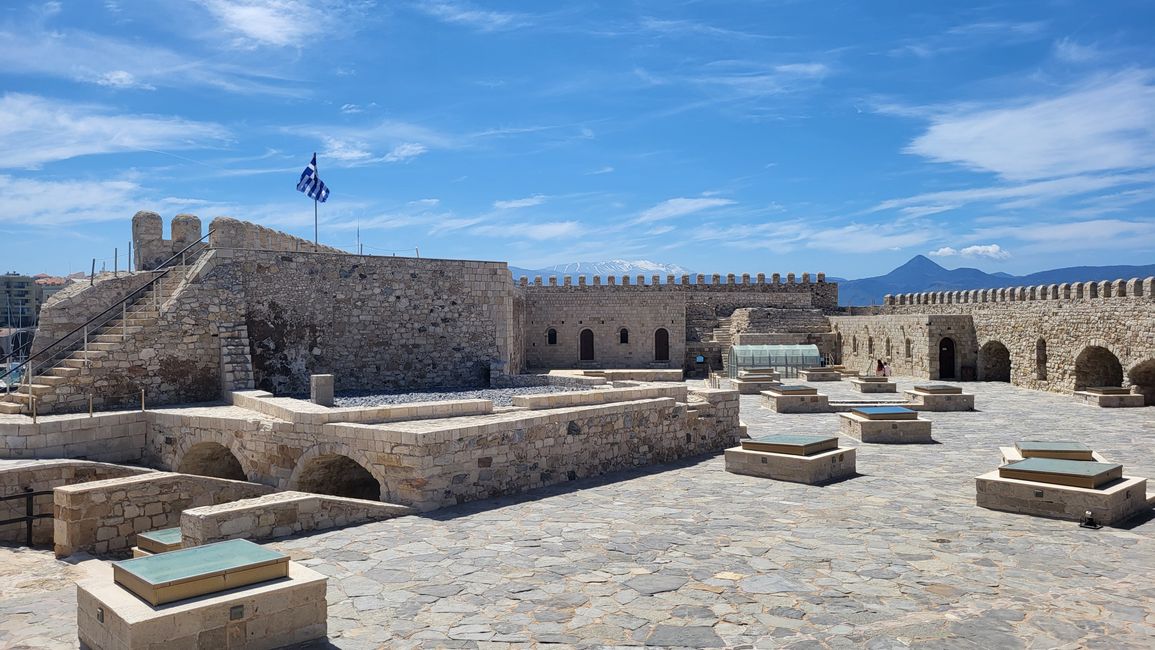
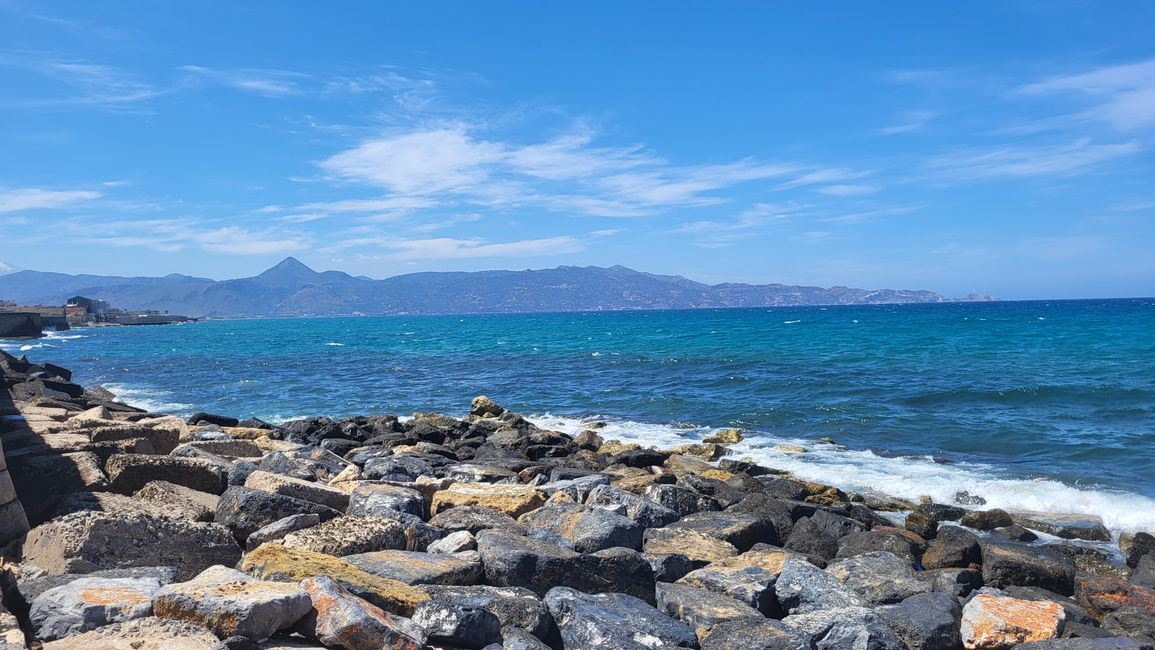
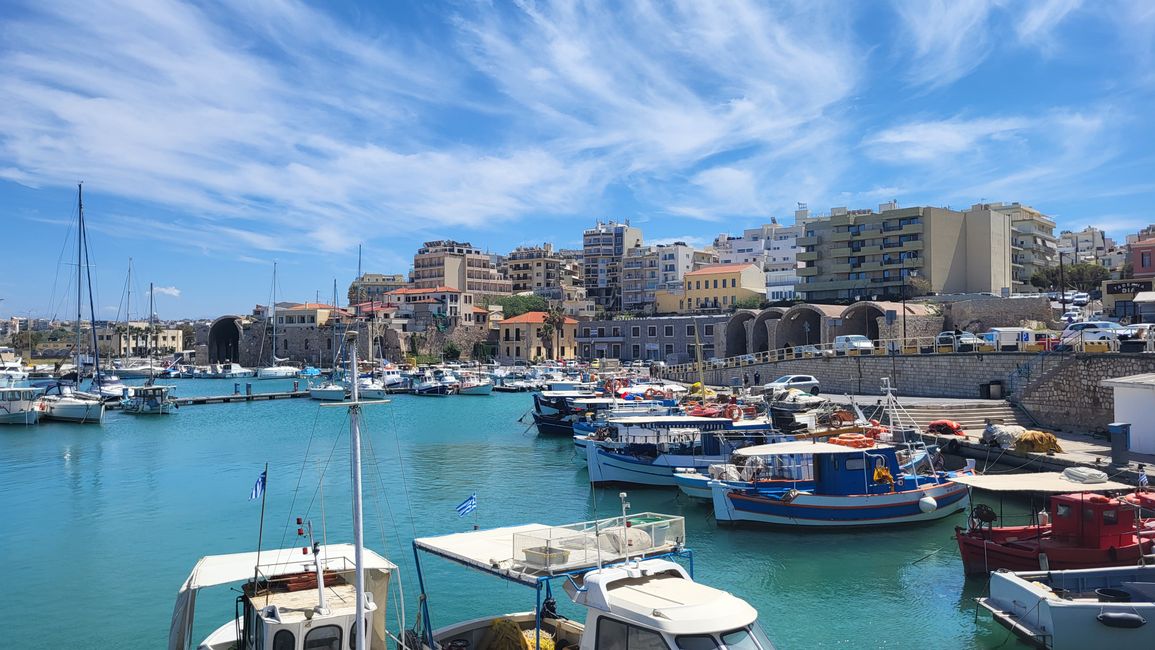
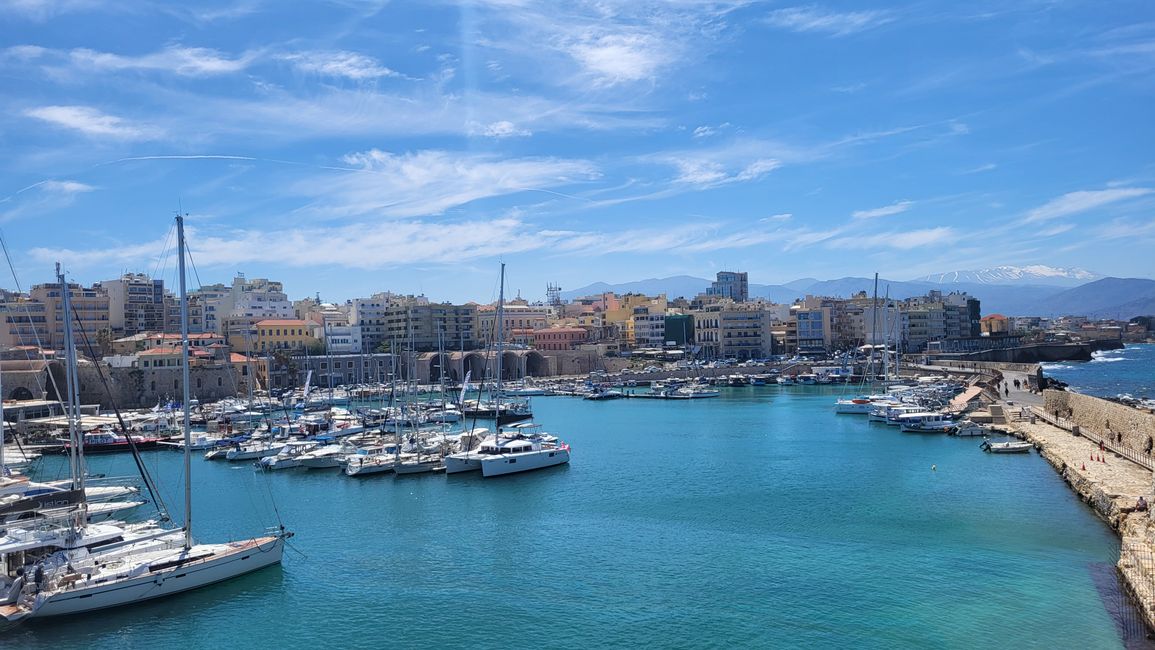
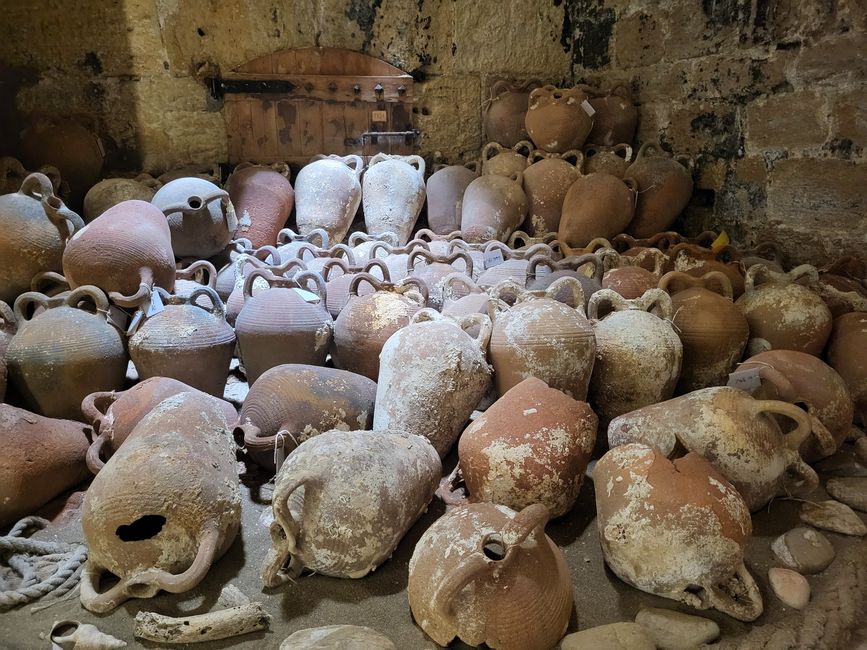
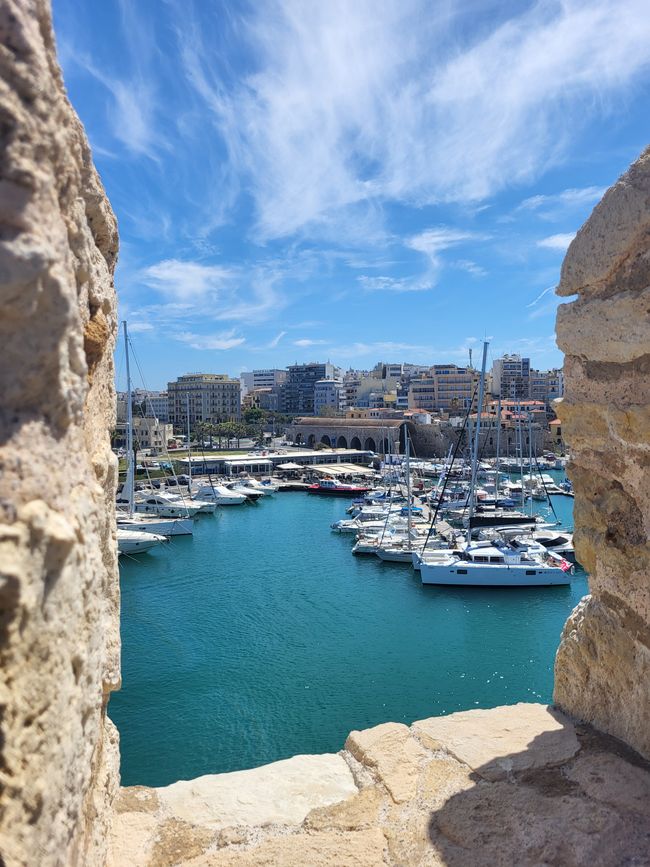
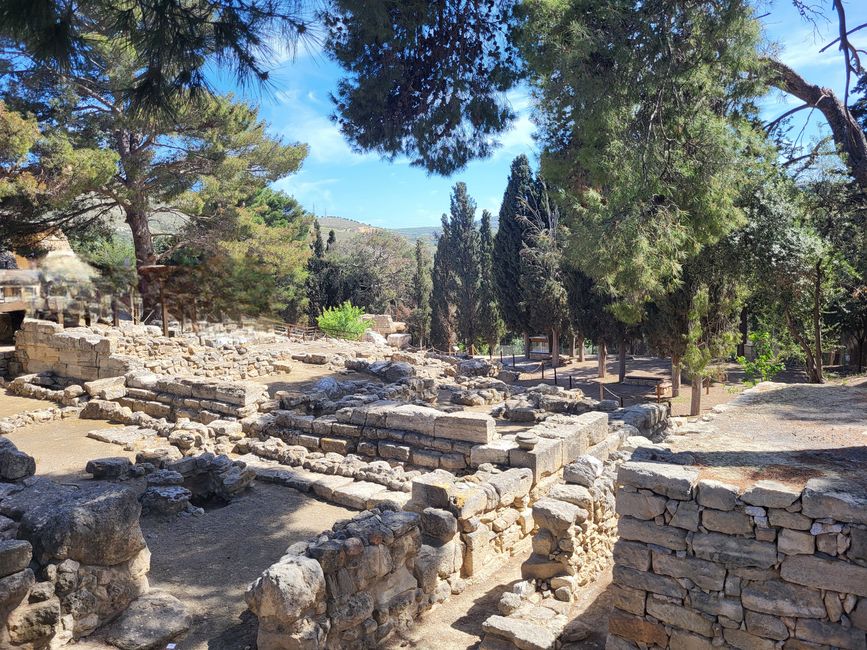
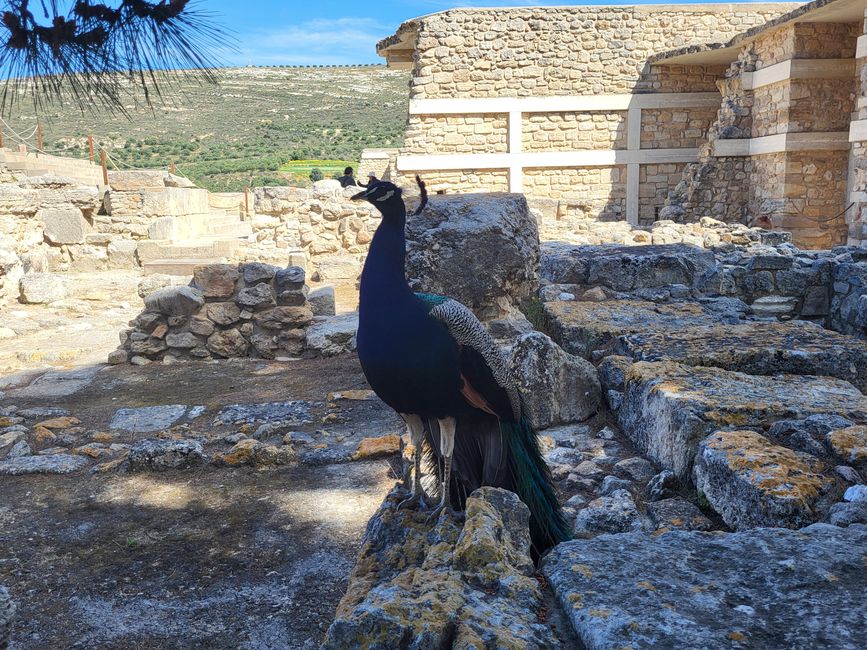
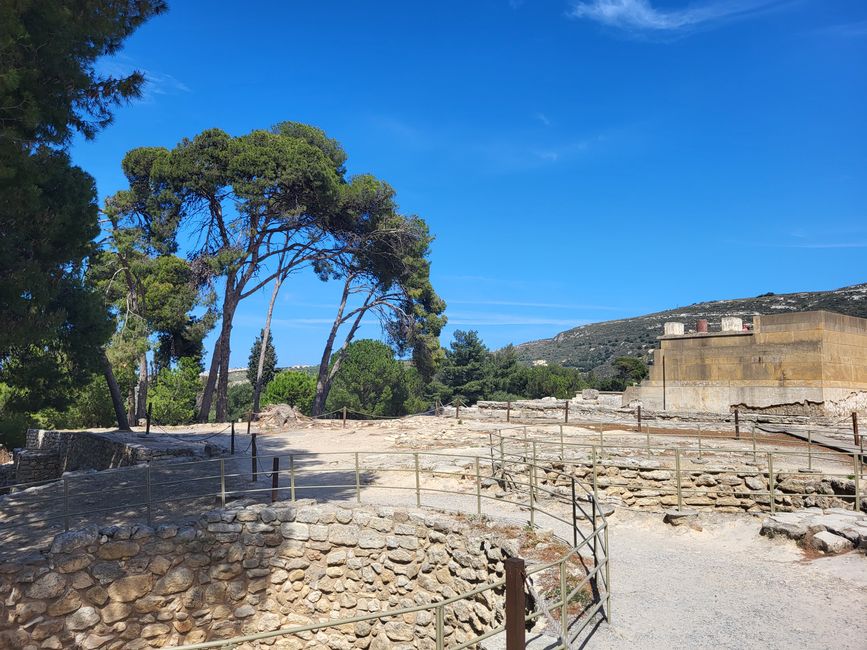

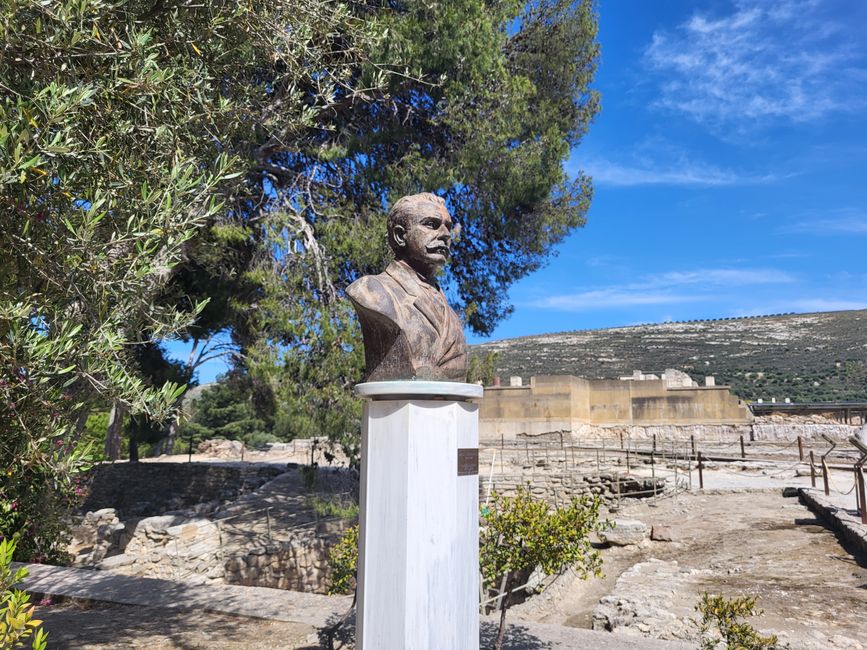
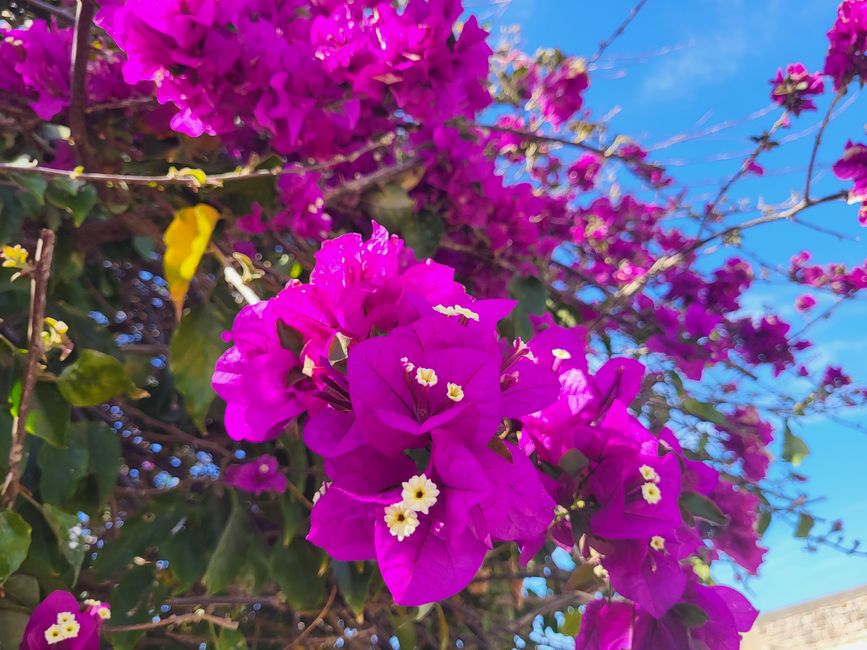
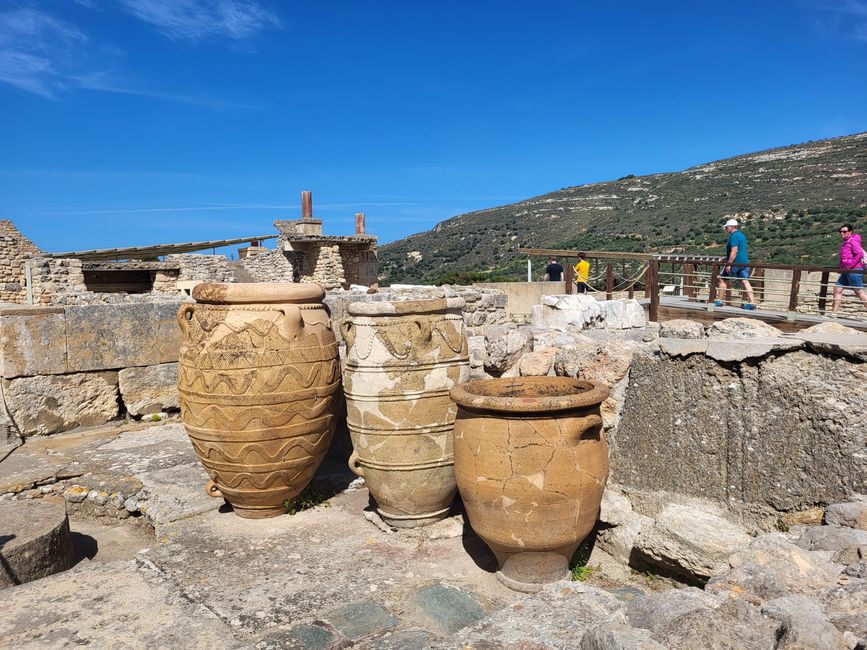
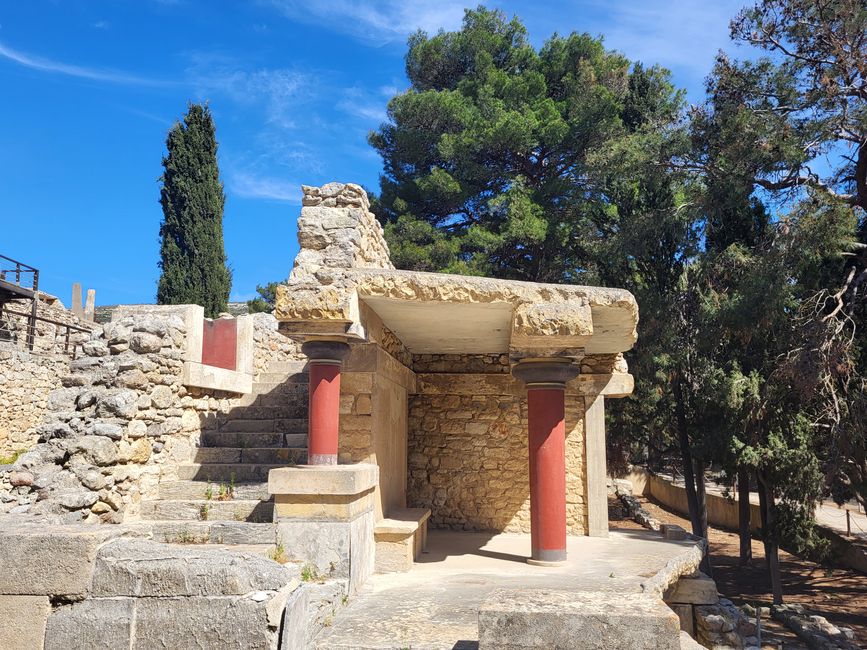
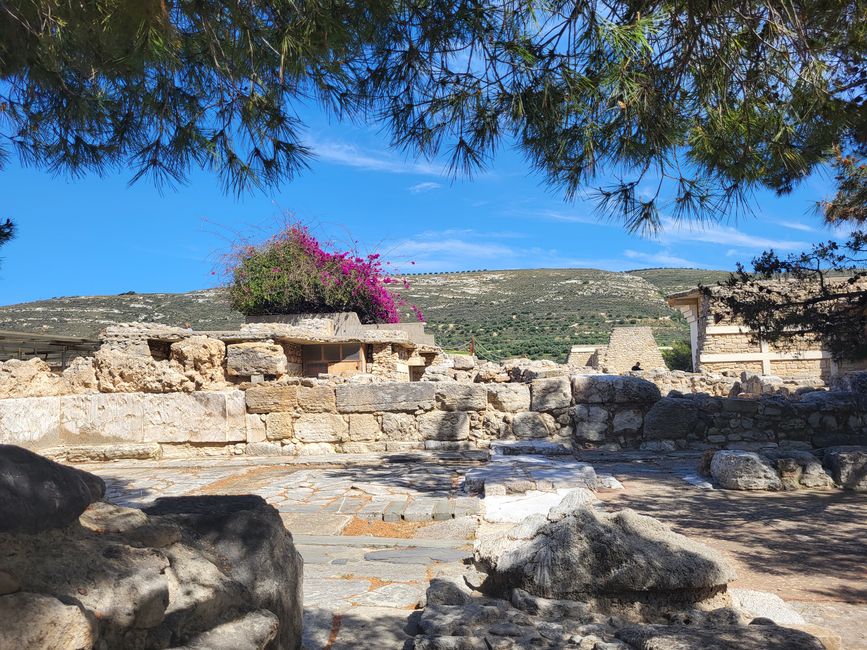
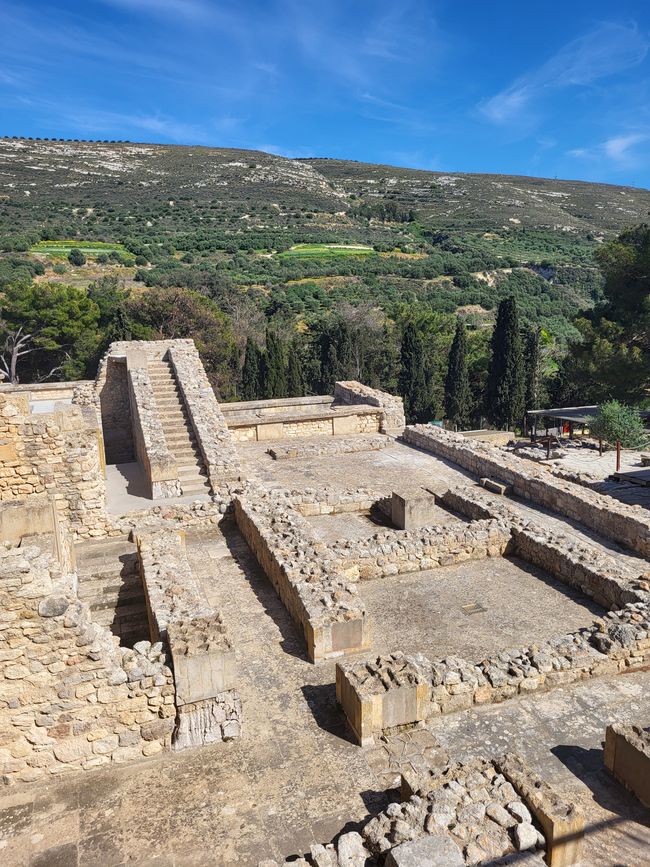
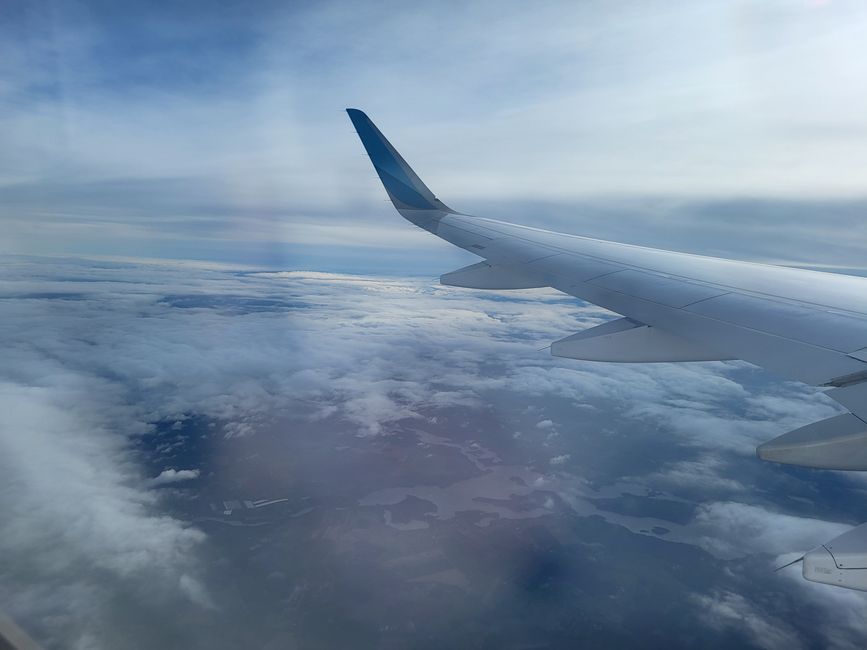
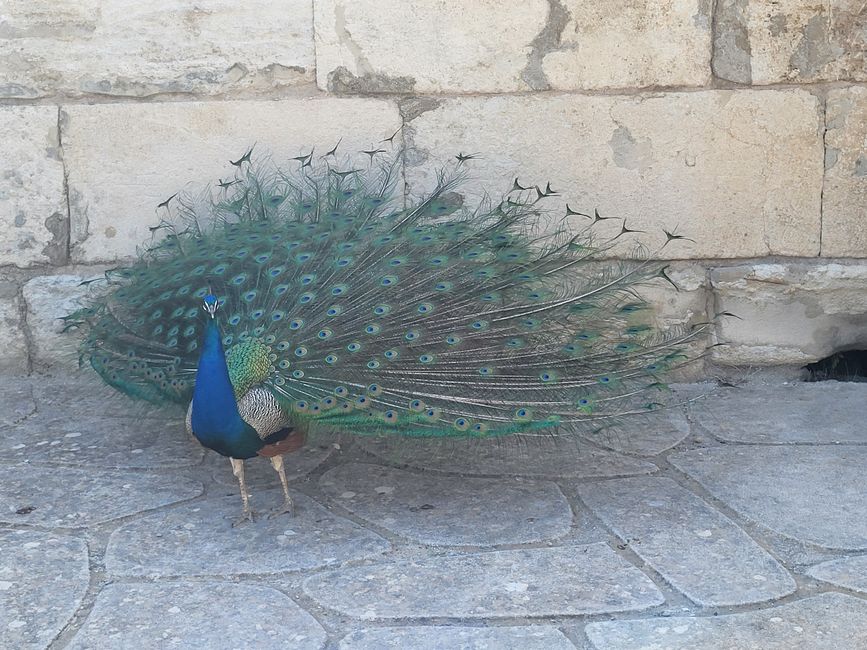
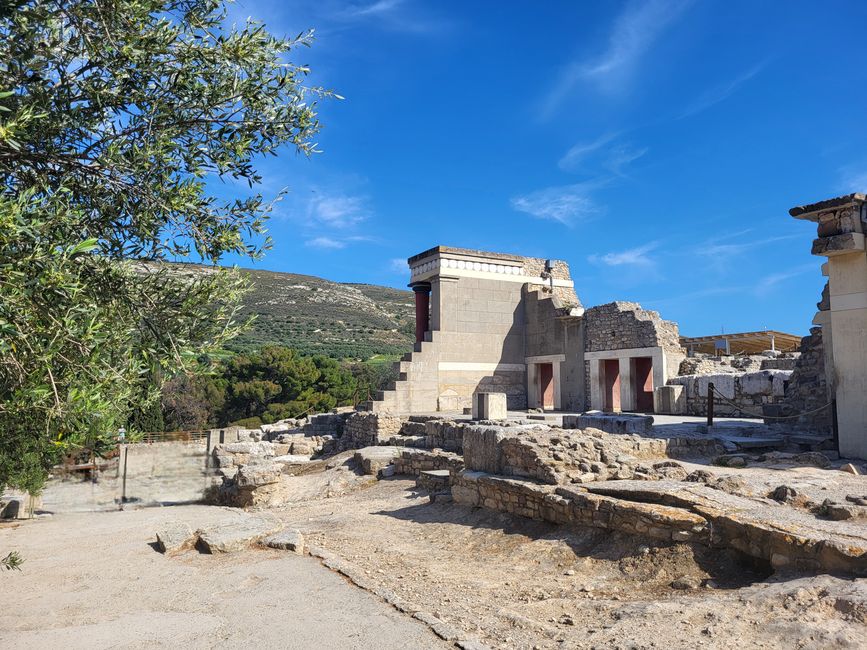
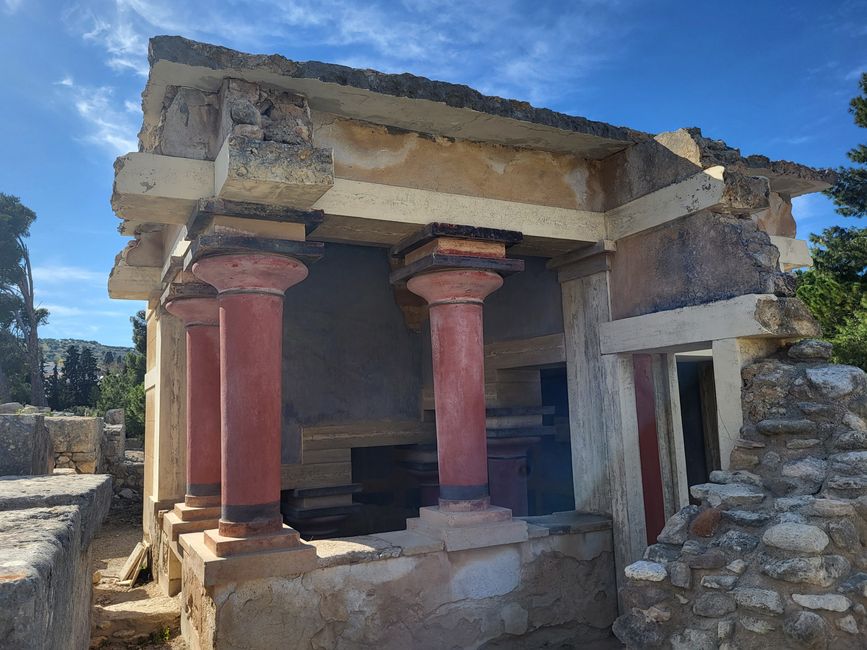
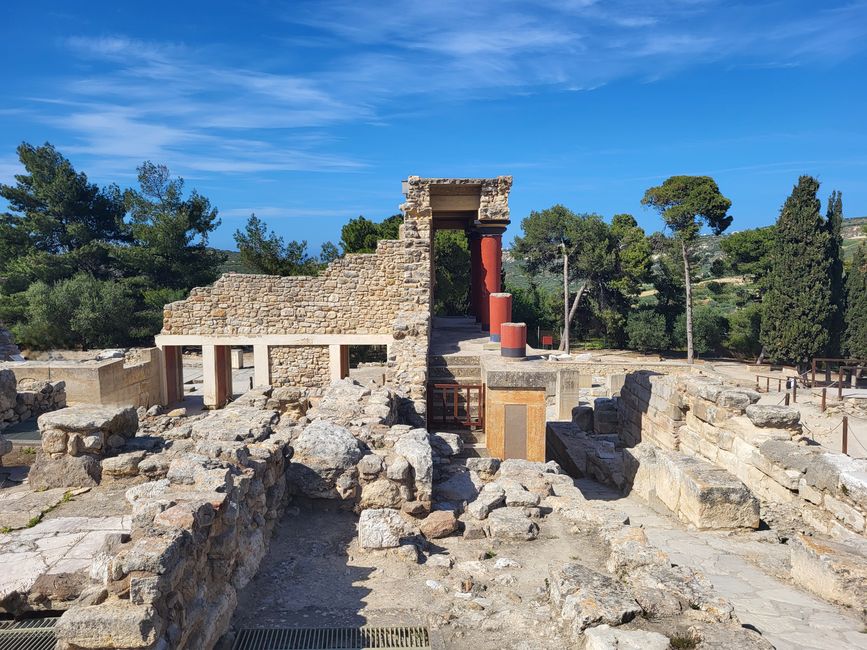
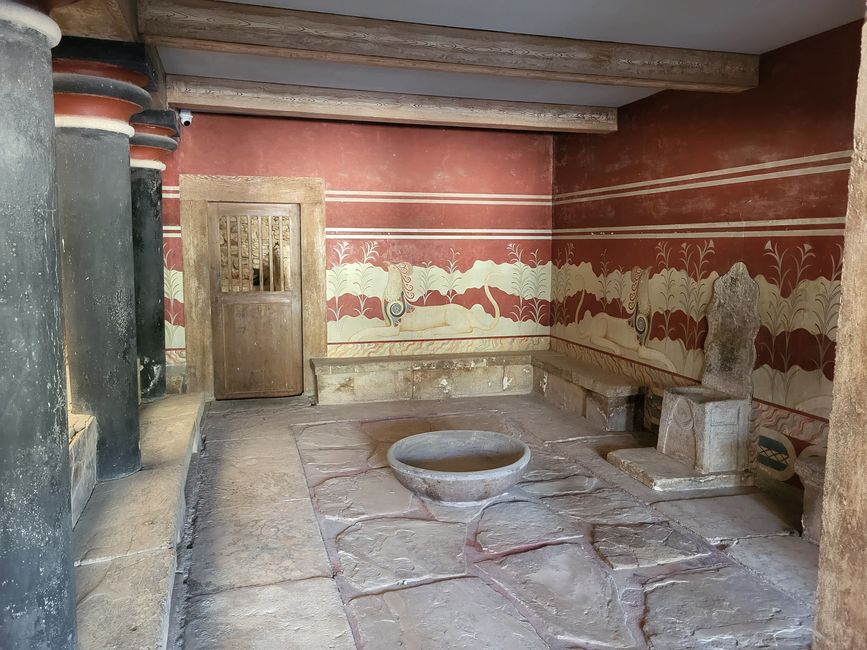
Abbona għan-Newsletter
After a collision with another car ended our planned motorhome holiday prematurely, we spontaneously booked a week on Crete.
We hoped to swap the miserable northern German weather for sunshine and warmer temperatures and at the same time explore the Greek island and its sights.

We landed almost on time and the collection of our rental car also worked without any problems, so that we arrived at our hotel Civitel Creta Beach in Ammoudara in the early afternoon, not far from the island's capital Iraklion and therefore also close to the airport.

On this day, we first looked around the area around the hotel and noticed that many hotels and shops were still closed. In one shop that was open, we found out that the season doesn't really start until May, so we were there a little before most of the other holidaymakers.

It was nice and sunny, but the wind was still a bit fresh.

That didn't bother us because we had planned a trip to Iraklion and Knossos for our first full day of vacation: not a beach, but a town and an archaeological site.

In Iráklion we parked at the Venetian harbor, from where you can see the fortress Kastro Koúles.

The port and the fortress were built during the period of Venetian rule in the 16th century and some of them have survived the centuries that followed.

In Iraklio you can see buildings that were built under different rulers on Crete: in ancient times, Greek and Roman rule was followed by the Byzantine period, which was interrupted by an Arab occupation. In the 13th to 17th centuries, Crete became the property of Venice before falling to Turkey. A struggle for freedom followed, which led to autonomy in 1898. This was, however, abandoned again in 1913 when Crete was annexed to Greece.

Our first stop on the way into the city center bore witness to the turbulent history: the church of Ágios Titos was destroyed and rebuilt several times. Under Turkish rule it was used as a mosque, which can still be seen in the architecture today.

Right next to it is the Venetian Loggia, reminiscent of the 17th century and the rule of Venice. It was a kind of “clubhouse” for the Venetian nobility.

In the centre of the old town lies Platia Venizelou with the Morosini Fountain, which formed the end of a 15 km long aqueduct.

From there we walked through the market street with its many stalls to the old fortifications that surrounded the old town.

We then walked through winding streets back towards the center to Platia Ekaterini with its three churches.

In the Metropolitan Church of Ágios Minás and the small church next to it we saw the iconostasis typical of Orthodox churches.

The third church now houses an icon museum.

We continued to the Archaeological Museum.

Here the exhibition tells of the Neolithic, Minoan and Roman periods on Crete.

Particularly noteworthy are the exhibits from the Minoan palaces, which date from around 1700-1450 BC.

There was a figure depicting the custom of “bull jumping”: a dangerous sport from the Minoan period in which young men try to jump over a bull.

The exhibition rooms on the upper floor were still closed. Shortly before the start of the season, we were allowed to pay the higher summer entrance fee, but unfortunately we were not able to see the entire exhibition.

Finally, we took a look at the fortress Kastro Koùles from the inside.

From here you also had a beautiful view of the harbor and the city.

From Heraklion we continued to Knossos, probably the most famous archaeological site in Crete.

Contrary to all the advice in the guidebook and on the Internet, we had not booked tickets in advance. But neither parking nor queuing was a problem: in the afternoon, out of season, there was no one ahead of us and we were able to enter the archaeological site straight away.

A palace has been built on the site since 2000 BC.

From 1900 onwards it was excavated again, mainly by Arthur Evans and his team, and largely reconstructed using concrete, plaster and paint.

This reconstruction is not entirely uncontroversial because it is unclear whether it corresponds more to Evans's imagination or to historical reality.

In any case, it helped us imagine what it might have looked like…

Some parts of the building and columns are colorful and give an impression of the former splendor.

Abbona għan-Newsletter
Tweġiba
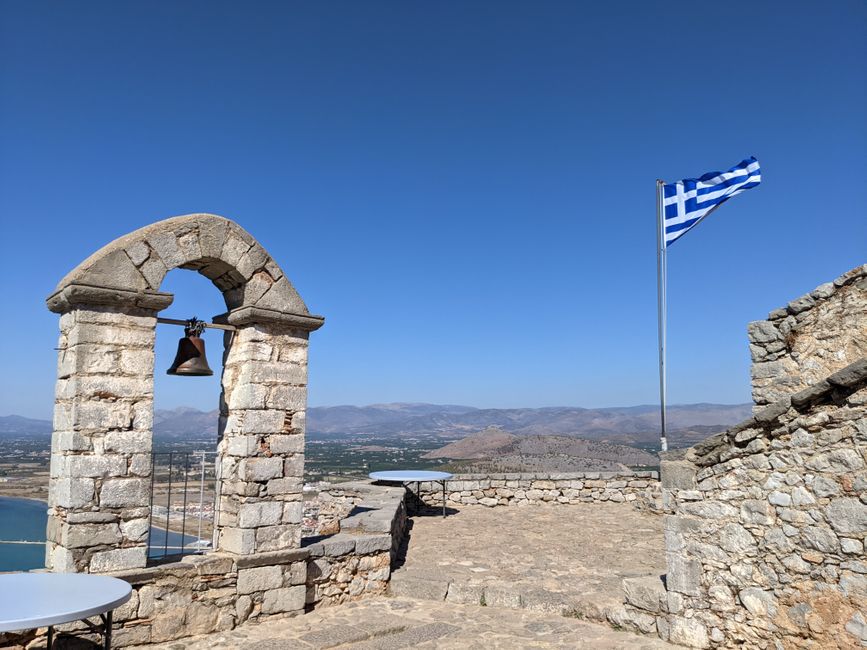
Rapporti tal-ivvjaġġar Il-Greċja
